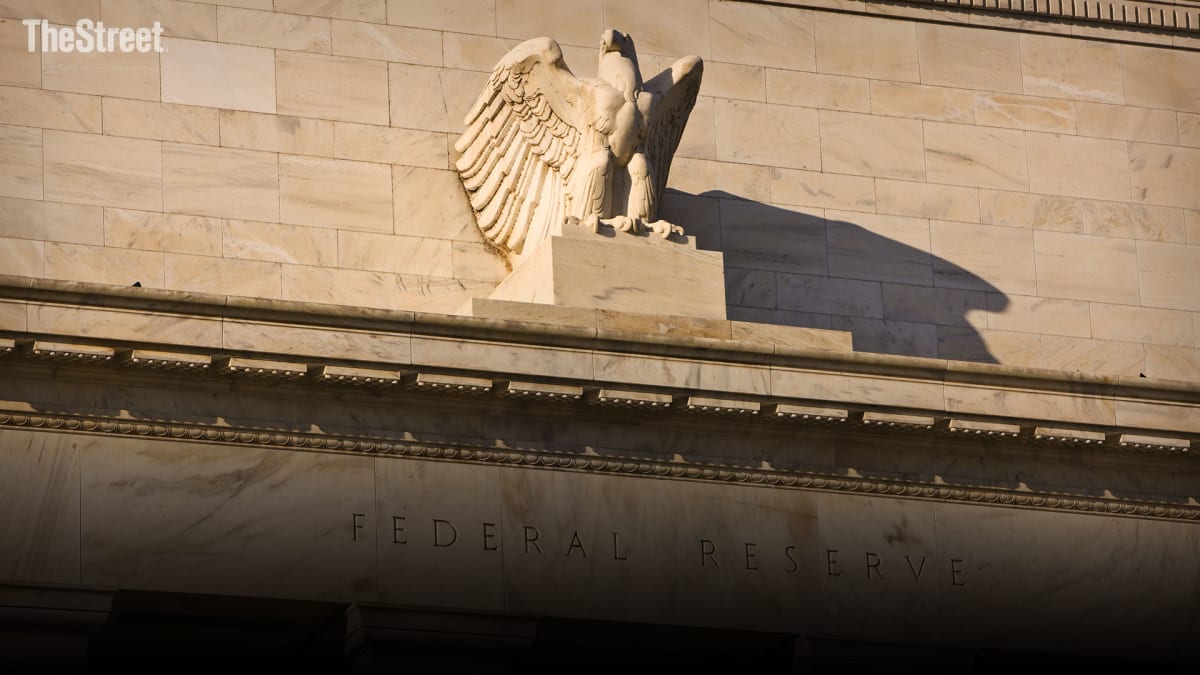
When it comes to the Federal Reserve, there are two ways to describe policymakers: hawkish and dovish.
A hawkish federal reserve member is one who is willing to raise interest rates more aggressively to keep inflation under control, even if it sacrifices economic growth, spending, employment, or even triggers a recession.
On the other hand, a dovish federal reserve member is someone who prefers to keep interest rates low – they tend to want an increase in the money supply, more economic growth and, particularly, more jobs. they might be a bit less concerned with the inflation rate.
Full Video Transcript Below:
J.D. DURKIN: You may have heard the terms “hawkish” and “dovish” to describe the federal reserve, but what does that even mean? When it comes to those who decide monetary policy, there are typically two camps you can fall in – you’re either a hawk, or a dove. A hawkish federal reserve member is one who is willing to raise interest rates more aggressively to keep inflation under control, even if it sacrifices economic growth, spending, employment, or even triggers a recession. On the other hand, a dovish federal reserve member is someone who prefers to keep interest rates low – they tend to want an increase in the money supply, more economic growth and, particularly, more jobs. They might be a bit less concerned with the inflation rate.







